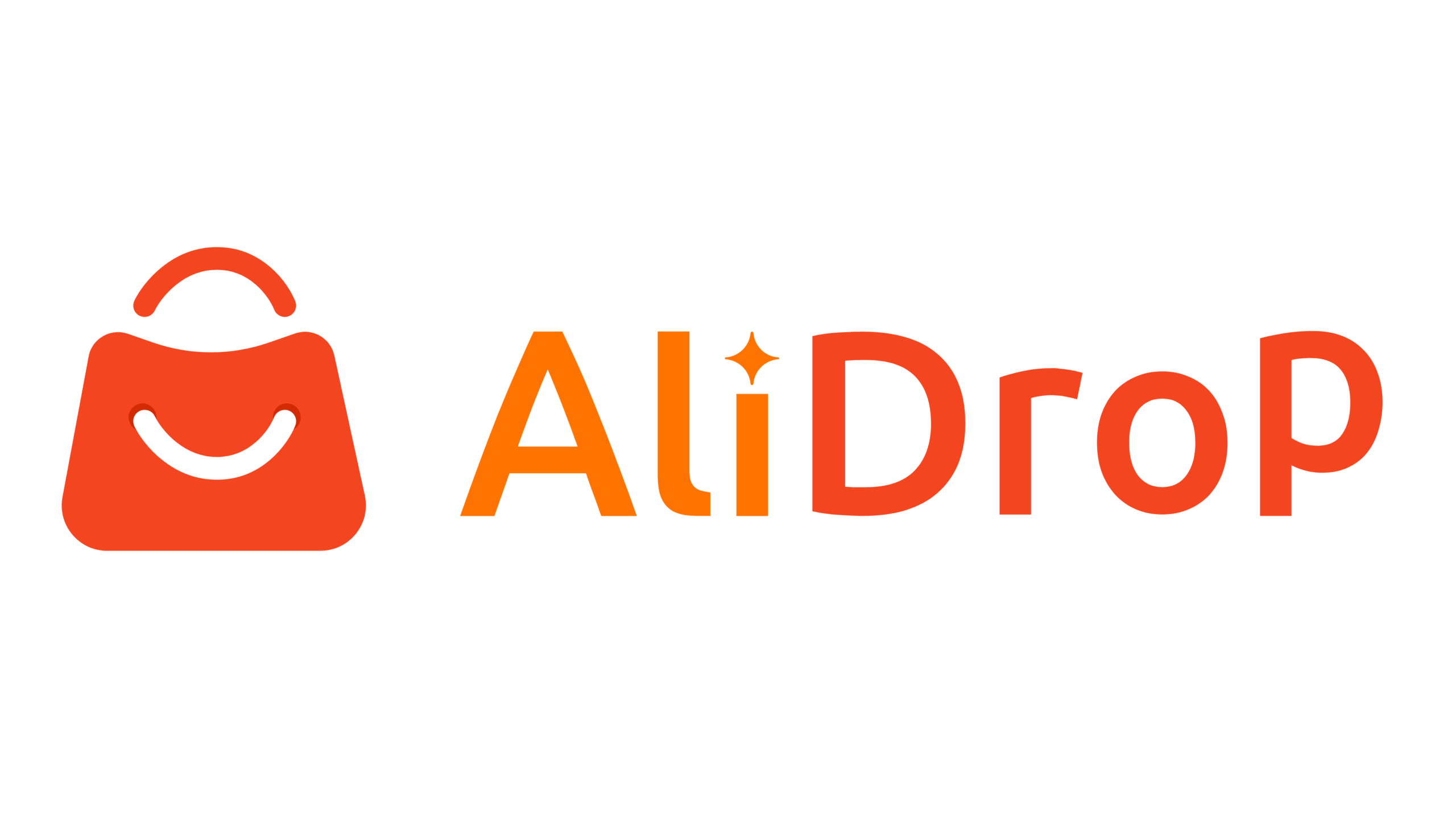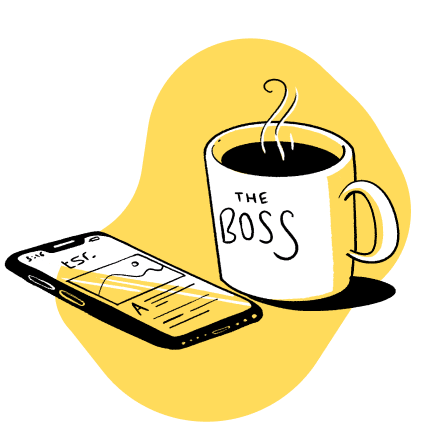How to Start a Dropshipping Business: 10 Important Steps You Should Not Skip

Thinking about starting a dropshipping business but not sure where to begin? You’re not alone, and honestly, it can feel a little overwhelming at first. There’s a ton of advice out there, and it’s easy to get lost in the noise.
The good news? Dropshipping is still one of the easiest and most affordable ways to start an online business. You don’t need to buy inventory upfront, rent a warehouse, or handle shipping yourself. That’s the beauty of the model.
But while it’s easy to start, it’s not always easy to get right. There are a few critical steps that can make or break your success, and skipping them can lead to wasted time, money, and frustration.
This guide walks you through exactly how to start a dropshipping business in 10 clear, practical steps. Whether you’re brand new to eCommerce or ready to launch your first store, this will help you do it the smart way, without guesswork.
Table of Contents
1. Get Familiar With What Dropshipping Really Is
Before you jump in, make sure you understand what dropshipping actually involves, especially if you’re new to this whole concept.
Here’s how it works: Instead of buying inventory up front, you only purchase a product after a customer places an order. Your supplier ships the item directly to your customer, and you keep the profit margin between the wholesale and retail price.
Sounds simple, right? It is, but your role is still critical. As the store owner, you’re in charge of:
- Running the website
- Marketing the products
- Handling customer service
- Managing returns and expectations
Although it’s almost completely virtual, it’s important to remember that this is a real business. The more seriously you take it, the better your results will be.
2. Choose a Dropshipping Niche That Makes Sense for You
A niche is just a focused market or product category, and picking the right one can make or break your store.
You don’t need to reinvent the wheel, but you do need a clear angle.
A solid dropshipping niche usually includes:
- Products with consistent demand
- Items that solve a problem or offer real value
- Lightweight and easy-to-ship goods
- Products with a healthy markup (think $20–$100+ retail price)
- A target audience you can reach through ads or content
And ideally, it’s a niche you care about, or at least understand, so it’s easier to market authentically.
3. Research the Competition
Once you’ve picked a niche, make the time to take a deep dive into what your competitors are doing. This is crucial
Ask:
- Who are the top players in your space?
- What are their best-selling products?
- How are they pricing and positioning their offers?
- What do their customers say in reviews?
You can use tools like:
- Google search (check who ranks organically)
- Facebook Ad Library (see what ads they’re running)
- SimilarWeb (traffic estimates)
- Amazon or AliExpress (product reviews and trends)
This step isn’t about copying, it’s about spotting gaps and figuring out how you can do it better.
4. Find a Reliable Dropshipping Supplier
Your supplier is the backbone of your business. They’re the ones shipping products, so their reliability and quality directly affect your reputation.
Popular dropshipping suppliers in 2025 include:
- AliExpress: Low prices and wide selection, but slower shipping
- Spocket: Curated list of suppliers (many in the U.S./EU)
- Alibaba: Great for bulk pricing and working directly with manufacturers (many now offer dropshipping options)
- SaleHoo: A paid directory of vetted suppliers
Whatever you choose, always order product samples. Test the delivery time, packaging, and overall quality before adding anything to your site. You do not want to rush this part of the process.
5. Select a Business Structure
If you’re serious about building a real and lasting dropshipping business, choosing the right legal structure early on is smart.
The most common options are:
- Sole proprietorship: Simple to set up, but no legal protection
- LLC (Limited Liability Company): Offers liability protection and credibility
- Corporation: Better for large or complex businesses, but usually not necessary for beginners
For most first-time store owners, an LLC hits the sweet spot. It’s affordable, relatively easy to set up, and gives you legal separation between personal and business assets.
You’ll also want to:
- Register your business name
- Apply for an EIN (Employer Identification Number)
- Open a business bank account
This makes everything easier, especially when it comes to taxes and payment processors.
6. Choose an Ecommerce Platform and Build Your Website
You need an online storefront to start selling, and luckily, you don’t need to be a web developer to make one.
Most dropshippers use:
- Shopify: Easiest option for beginners with tons of dropshipping apps
- WooCommerce: Great for WordPress users who want more customization
- BigCommerce or Wix: Also beginner-friendly, with drag-and-drop builders
When building your site:
- Keep the design clean and mobile-friendly
- Use high-quality product photos and write your own descriptions
- Add key pages like About, Contact, FAQs, and Shipping/Returns
- Set up Google Analytics and Facebook Pixel for tracking
Your site doesn’t have to be fancy, especially to begin with, but it should look trustworthy. If your site looks sketchy, people will not want to buy whatever you’re selling.
7. Price Your Products Strategically
This step matters more than most people realize. If you price too low, you won’t make enough to cover your ad costs or other expenses. If you price too high, people might not convert.
A good rule of thumb is:
- 2x to 3x the wholesale cost, including shipping
So if you buy a product for $10, your retail price should probably land around $25–$30.
Also think about:
- Competitor pricing
- Perceived value
- Shipping and transaction fees
- Your expected profit margins
Test different prices to see what your audience responds to.
8. Create a Marketing Plan
Even the best product won’t sell itself. You need to get it in front of the right people.
Here’s where to start:
- Facebook and Instagram ads: Great for targeting niche interests
- TikTok influencers: Can help generate buzz quickly
- Email marketing: Build a list early using popups or lead magnets
- Content marketing: Long-term strategy using blogs or SEO
- Google Shopping: Especially effective for products with clear intent
Focus on one or two channels at first. Test small budgets and double down on what works.
9. Take Time to Properly Set Up Finances
Don’t treat your business like a hobby; set it up to run cleanly from day one.
Make sure to:
- Separate personal and business finances
- Open a business checking account
- Set aside money for taxes (yes, even with dropshipping)
- Choose an easy-to-use accounting tool like QuickBooks, Wave, or Xero
This makes everything easier when tax season rolls around, and gives you a clearer picture of how your business is actually performing.
10. Track Your KPIs
Once your store is up and running, it’s tempting to just keep pushing forward, but if you’re not tracking your numbers, you’ll miss out on opportunities to grow (or fix what’s broken).
Important key performance indicators (KPIs) to monitor:
- Conversion rate (how many visitors actually buy)
- Cost per acquisition (CPA) from ads
- Average order value (AOV)
- Customer lifetime value (CLTV)
- Return/refund rate
- Net profit (not just revenue!)
Use tools like Google Analytics, Meta Ads Manager, or your eCommerce platform’s dashboard to stay on top of performance and make decisions based on facts, not guesses.
Final Thoughts: Is Dropshipping Still Worth It?
Yes, if you treat it like a business from the start.
Dropshipping isn’t magic, won’t happen overnight, and it’s not passive income (which many think it is). But if you’re willing to be patient, learn, test, and put in consistent effort, it’s still one of the most affordable ways to start selling and making money online.
By following these 10 steps, you’ll avoid the rookie mistakes most people make and build a store that’s ready to compete.
FAQs About How to Start a Dropshipping Business
1. How much does it cost to start a dropshipping business?
Most people can get started with $200 to $500. This typically covers a domain, ecommerce platform (like Shopify), product samples, and a basic advertising budget. If you want to scale quickly or test multiple products, having more funds upfront can help.
2. How can a beginner start dropshipping?
Start by choosing a niche you understand, research your competition, and set up a store using Shopify or another ecommerce platform. From there, find a reliable supplier (like AliExpress or Alibaba), price your products smartly, and focus on marketing, especially through paid ads or influencer content.
3. Can I make $10,000 per month with dropshipping?
It’s possible, but not overnight. Reaching $10,000/month usually requires:
– A winning product
– A strong marketing strategy
– Constant testing and optimization
Many store owners hit that level after months of learning and reinvesting profits, but it’s not guaranteed.
4. Do I need to register a business to start dropshipping?
Not right away, but if you’re serious, it’s a smart move. Setting up an LLC and getting an EIN helps you work with suppliers, accept payments professionally, and protect your personal assets.
5. What’s the best platform to build a dropshipping store?
Shopify is the most popular option for beginners. It’s user-friendly and integrates easily with dropshipping apps. WooCommerce is a solid alternative if you prefer using WordPress and want more customization.
Starting a Business?
Top 10 Most Successful Businesses to Start
Explore the most profitable businesses to start and scale in 2024.
🏛️How to Open an LLC: Step-by-Step Guide
Learn the process of forming an LLC and protecting your business.
💼Guide to Becoming a Solopreneur
Discover how to start and run a successful business on your own.






